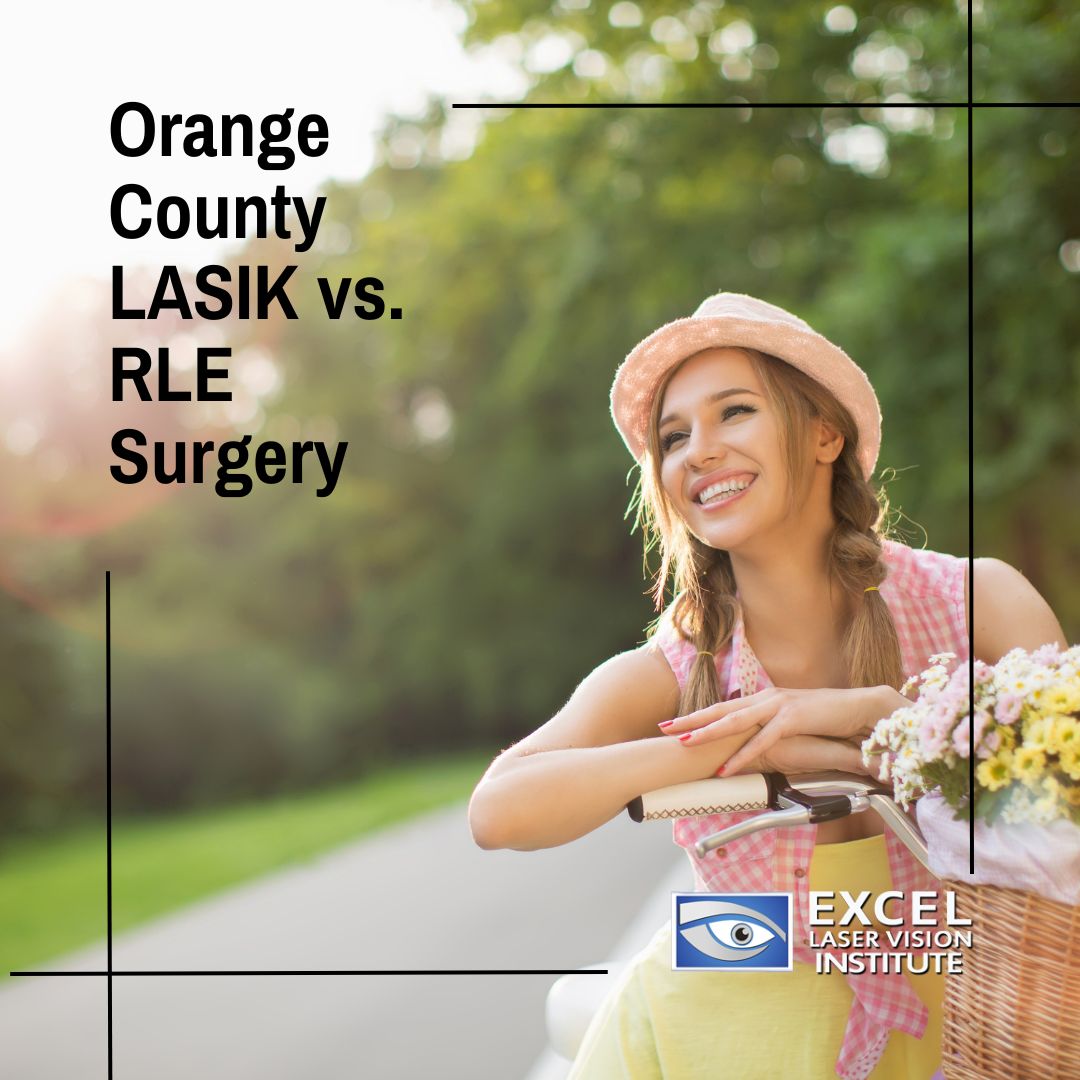
When it comes to improving vision and reducing dependency on glasses or contact lenses, two popular options stand out: Orange County LASIK (Laser-Assisted In Situ Keratomileusis) and RLE (Refractive Lens Exchange) surgeries. These advanced procedures have revolutionized the field of ophthalmology, offering individuals the opportunity to achieve clearer vision. In this blog, we will delve into the key differences between LASIK and RLE surgery, with a focus on the numerous benefits of LASIK over RLE.
Understanding LASIK
LASIK is a highly effective refractive surgery that reshapes the cornea to correct common vision problems such as nearsightedness, farsightedness, and astigmatism. The procedure involves making a thin flap on the cornea, followed by precise laser ablation to reshape the underlying tissue. The corneal flap is then repositioned, enabling a speedy recovery and minimal discomfort. Are you looking for the best LASIK surgeons in Orange County? Research before you make any consultations.
Unveiling RLE Surgery
RLE, also known as clear lens extraction or lens replacement surgery, is a technique that replaces the natural eye lens with an artificial intraocular lens (IOL). This procedure is primarily used to address significant refractive errors, as well as age-related presbyopia. The cloudy natural lens is removed through a small incision, and an IOL is inserted in its place to restore clear vision.
Benefits of LASIK over RLE
Minimally Invasive Procedure:
LASIK is renowned for its minimally invasive nature. The corneal flap created during LASIK surgery allows for rapid healing and typically results in less discomfort and a faster recovery compared to the more invasive RLE procedure.
Preserves Natural Lens:
One of the significant advantages of LASIK is that it preserves the natural lens of the eye. RLE, on the other hand, involves the complete removal of the natural lens, which can increase the risk of certain complications, including retinal detachment and macular edema.
Versatile Corrective Range:
LASIK can effectively treat a wide range of refractive errors, including myopia, hyperopia, and astigmatism. It is sufficient for individuals with mild to moderate vision problems, making it a versatile choice for many patients. RLE, however, is typically recommended for individuals with more severe refractive errors or those who are experiencing age-related vision changes.
Long-Term Flexibility:
LASIK offers the advantage of potential future adjustments. If there are any changes in the patient’s vision after the procedure, LASIK can be further customized through enhancement procedures. RLE, being a lens replacement surgery, limits the possibility of adjusting the vision correction since the natural lens has already been replaced.
Faster Recovery and Results:
LASIK patients usually experience a relatively quick recovery, with many noticing improved vision within a day or two after the procedure. In contrast, RLE may have a longer recovery time, as the eye needs time to adjust to the new artificial lens.
Conclusion
While both Orange County LASIK and RLE surgeries have their merits, LASIK emerges as the preferred choice for many individuals seeking vision correction. Its minimally invasive nature, preservation of the natural lens, versatility in treating various refractive errors, potential for future adjustments, and faster recovery make it a compelling option. However, it is essential to consult with an experienced ophthalmologist to determine the most suitable procedure based on individual circumstances and eye health. Remember, making an informed decision is the key to achieving the best possible outcome and enjoying a life with clearer vision. Contact Excel Laser Vision Institute for more information!




